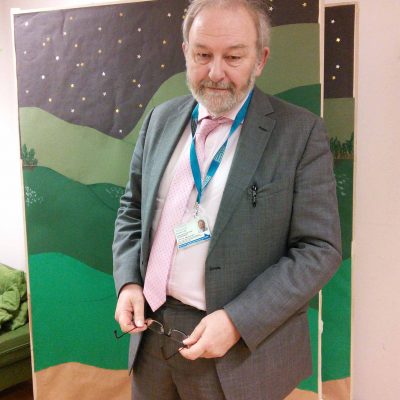

The hoard was found in November 2007, during a routine excavation of a hotel development site, by Cotswold Archaeology. The building was originally a hospital and there are several others grouped around the site. The excavation was in the chapel area. It was a limited excavation and originally a handful of coins had been found as surface finds by a Roman wall. When the site was cleared they found around 200 coins by a cut in the soil. Rather than excavation on site, the excavators cut out a 109Kg block to take to the conservation lab in Wiltshire. The coins were silver and therefore, classed as treasure trove under the Treasure Act. The other finds went to the Roman Baths Museum.
The bulk of the coins remained in the lab. The British Museum had to value it and had first claim on it. The archaeologists who found the hoard have no claim on it, but the landowner has 50% of its value.
The British Museum took 12 months to value it at around £120,000. Southampton University used a CT scanner on the hoard and X-rays showed that the hoard consisted of 8 separate bags of coins. The BM estimated it would take a year and £50,000 to conserve it. The Roman Baths Museum now hold this collection.
The landowner sponsored the conservation which was carried out in 2012/13. The coins were taken out in their groups, as per the bags. Some of the leather of the bags survived. The last bag was scanned before it was broken up and a replica is on display in the Roman Baths Museum.
There are 17,577 coins in the hoard with the latest dates from AD272-274 and AD252-260. There were 98 bags and 2,437 loose coins in silver, bronze radiates and denarii. The contents of the bags showed they had been sorted by type. Could they be eight separate hoards, but brought together in one place? Did they belong to a tax collector or a banker? A priest’s house was next to the hot springs. Why was the hoard buried? Springs were regarded as sacred places in the Roman period.
The coins include one of Mark Anthony c. 32-31BC; a coin of Caracella with an elephant walking c.AD211-217; a coin of Philip 1, Roma in a Temple AD244-249. See BAAS Facebook page for photos of these coins.
The hoard sparked a lot of community projects to raise money to buy the hoard, including events with the Brownies and the University of the Third Age.
